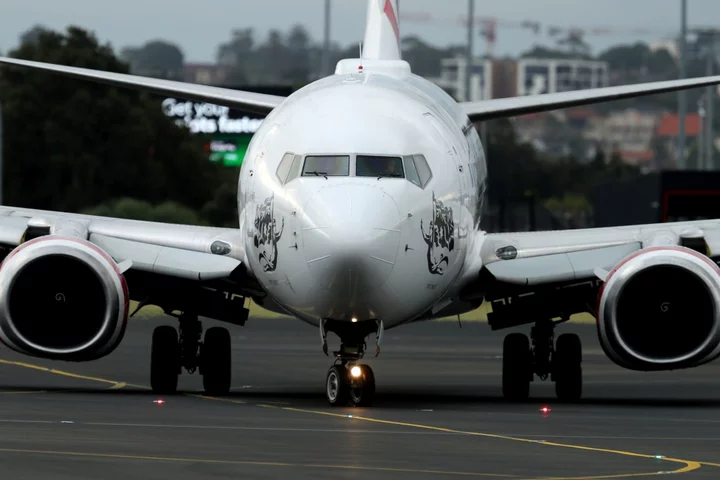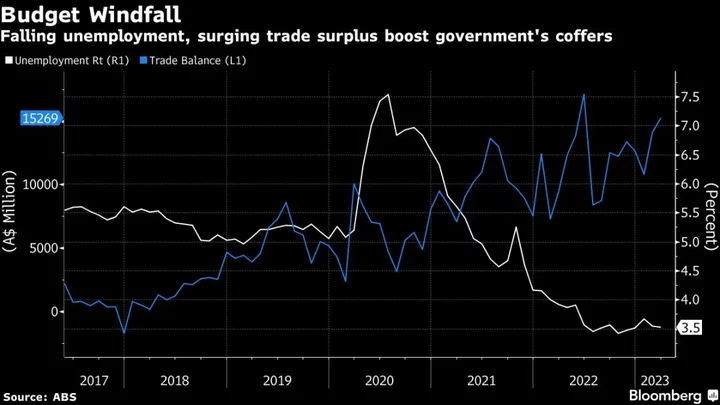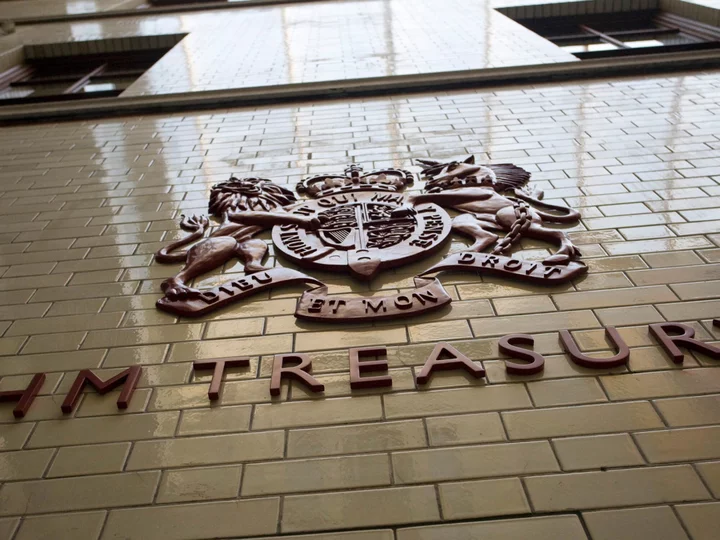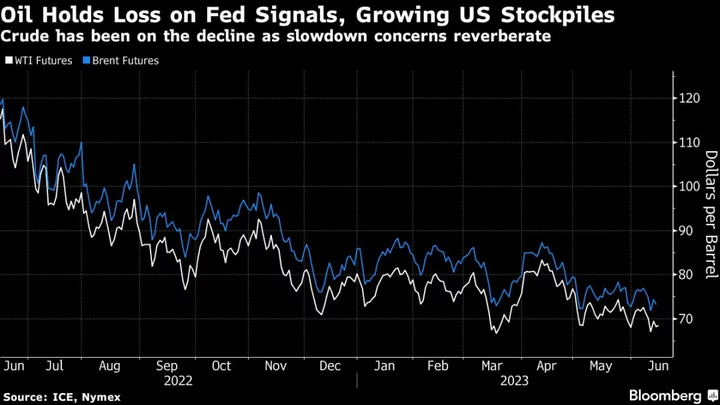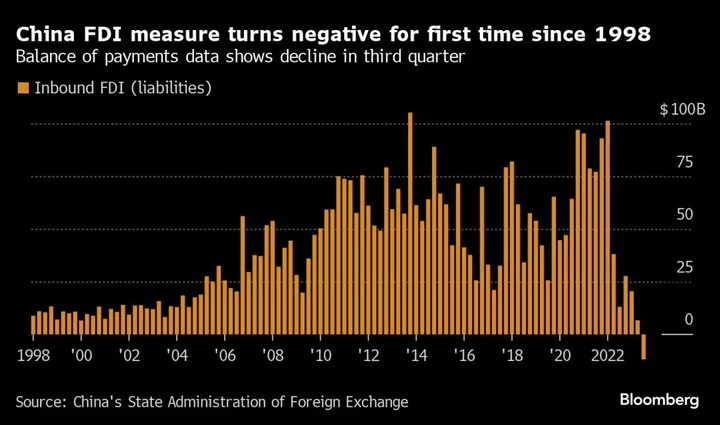New Zealand and Australia are to explore options for more simplified border checks when people travel between the two nations to enhance business and tourism links.
The countries agreed that a joint working group should “scope initiatives to move closer toward seamless travel across the Tasman,” New Zealand Prime Minister Chris Hipkins and his Australian counterpart Anthony Albanese said at a news conference Wednesday in Wellington, where they had been meeting for bilateral talks. Officials are required to report back on the work by the end of June 2024.
Australia and New Zealand are marking 40 years of a free-trade agreement, and the two leaders agreed a new roadmap for the relationship over the next decade. They plan to develop their single economic market, improve trade and people-to-people links, and work together to combat climate change.
Albanese said officials will look at how to make the border experience seamless, allowing citizens moving in either direction to use self-service SmartGate kiosks in a more timely way. The nations are not looking at a common passport, he added.
Hipkins said it’s important that any changes don’t compromise security.
“It’s worthwhile to re-engage on a process to find workable measures that would help trans-Tasman businesses and tourism with a simplified border,” he said. “But it’s not straightforward. Our border is a big part of what keeps us safe. It’s where we manage major biosecurity, people, health and security risks.”
The two leaders said they want to update their defense relations agreement “to ensure it is fit for purpose, drives interoperability and enables us to respond as allies in a deteriorating strategic environment, including supporting the security and resilience of the Pacific,” according to a joint communique.
They said they need to renew efforts to support Pacific nations through the Pacific Islands Forum, and reiterated concern that the implementation of the new policing agreement between China and Solomon Islands would undermine the Pacific’s agreed regional security norms.
They also expressed concerns about developments in the broader Indo-Pacific region, including in the South China Sea and tensions across the Taiwan Strait, and reiterated the importance of China and the US re-opening lines of communication at all levels and managing strategic competition responsibly.
(Updates throughout)

